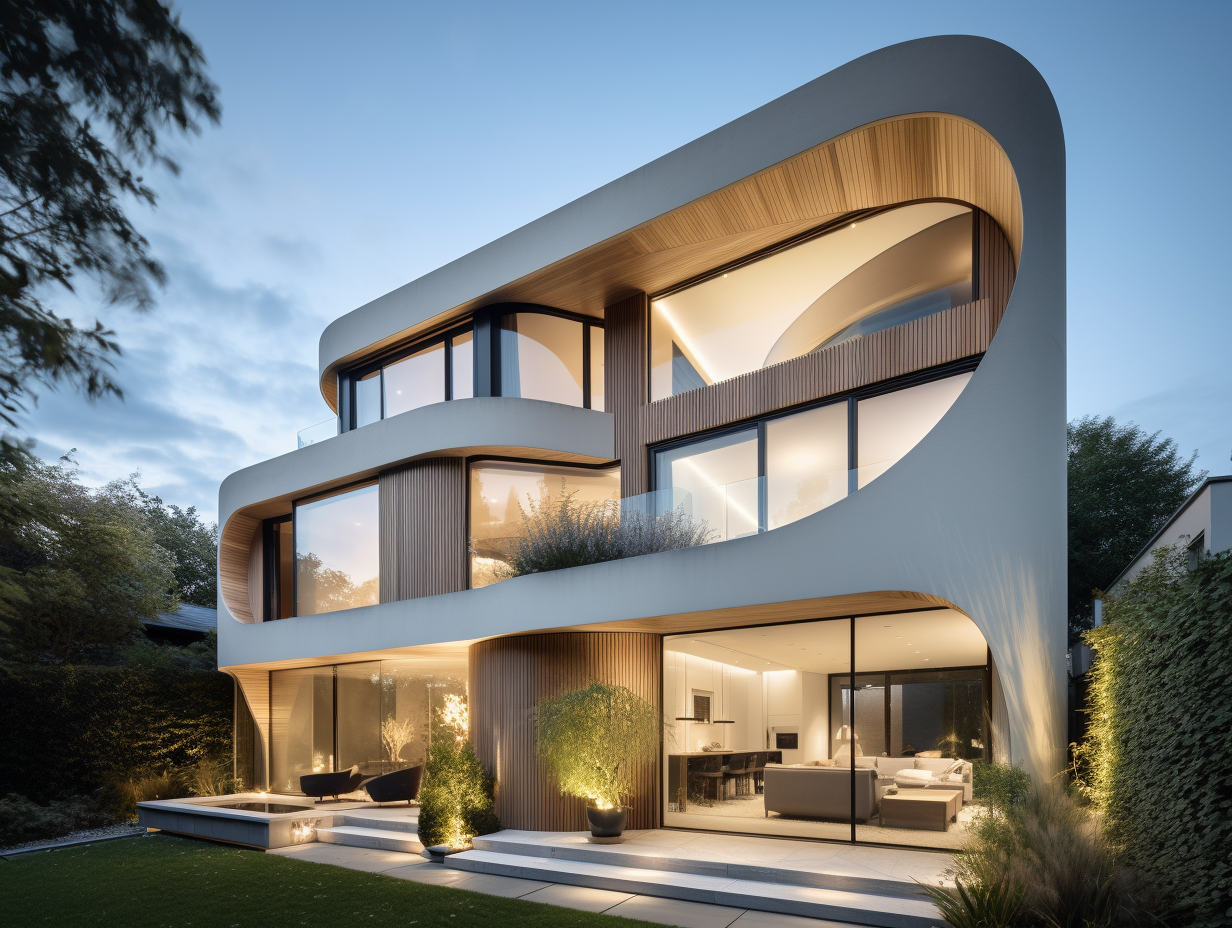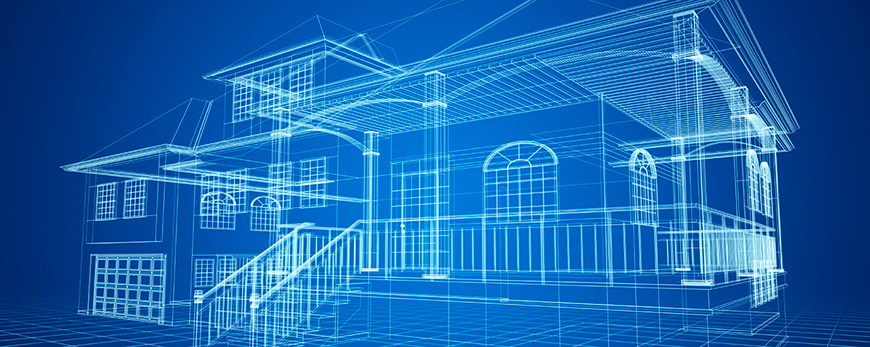Discover Innovative Layouts with Leading CDA Architects for Your Following Task
Wiki Article
The Impact of Technical Improvements on the Layout Practices of Contemporary Architects
The quick development of technical devices has actually significantly improved the design landscape for modern architects, cultivating unprecedented degrees of advancement and sustainability. Exploring these dynamics exposes a nuanced interaction between innovation and traditional design approaches, prompting a better evaluation of what the future holds for building practices.Advancement of Architectural Devices
Just how have building devices transformed the design and building and construction procedures over the centuries? The evolution of building devices has considerably impacted the performance, accuracy, and creativity of layout and building.With the introduction of the Renaissance, the intro of the compass and the protractor noted a critical shift. These devices allowed architects to accomplish greater precision in their designs, facilitating the appearance of even more elaborate and proportional buildings (cda architects). The Industrial Change additionally revolutionized building practice with the intro of mechanized devices and materials, enabling larger and extra ambitious tasks
In the 20th century, the development of computer-aided layout (CAD) software application transformed the landscape once more, providing designers with extraordinary abilities in modeling and visualization. Today, progressed tools such as Structure Details Modeling (BIM) and parametric design software continue to press the limits of building development, enabling an extra incorporated method to style and building processes.

Improved Partnership in Layout
As modern technology remains to develop, boosted cooperation in design has actually ended up being a cornerstone of modern-day architectural technique. The combination of digital devices such as Building Details Modeling (BIM), cloud-based systems, and progressed visualization software has changed the way engineers, engineers, and stakeholders interact throughout the style process. These tools facilitate real-time communication, allowing groups to share ideas, adjustments, and feedback promptly, no matter geographical location.
Furthermore, virtual fact (VR) and increased reality (AR) have additional enriched collaborative initiatives by allowing immersive experiences that permit clients and group participants to imagine tasks in a more appealing fashion. This level of communication not only improves understanding however additionally fosters a feeling of possession amongst stakeholders, resulting in even more enlightened decision-making.
Furthermore, interdisciplinary partnership has actually been streamlined through these technological innovations, enabling architects to work more carefully with various other experts, such as metropolitan coordinators and ecological consultants. The result is a much more natural method to create that takes into consideration numerous point of views and experience. Ultimately, improved partnership in layout is not just a fad; it is essential for creating ingenious, practical, and visually pleasing design in a progressively intricate globe.
Sustainability With Innovation
Sustainability in design has actually significantly come to be linked with technical advancement, driving the market toward ecologically responsible practices - cda architects. Contemporary architects are leveraging advanced technologies to minimize ecological influence while boosting the performance of buildings. One prominent instance is making use of Structure Info Modeling (BIM), which permits accurate planning and source appropriation, minimizing waste during construction and advertising power effectiveness throughout a building's lifecycleFurthermore, clever products and energy-efficient systems are being integrated into layouts to enhance resource use. Technologies such over here as solar cells and green roof covering systems harness sustainable energy resources, contributing to reduced carbon impacts. Furthermore, the application of expert system in layout processes allows designers to simulate and examine energy intake, directing choices Related Site toward even more sustainable results.
The combination of lasting innovations not just lines up with international environmental goals yet also fulfills an enhancing need from consumers for eco-friendly options. As architects accept these innovations, the focus changes towards developing spaces that are not only cosmetically pleasing but likewise functionally lasting, thus redefining the criteria of contemporary style. This way, innovation acts as a catalyst for sustainability, allowing engineers to design buildings that regard and boost the natural atmosphere.
Obstacles in Implementation
While technological improvements in style hold fantastic pledge for boosting sustainability, their execution frequently runs into substantial challenges. One primary obstacle is the steep discovering contour connected with brand-new modern technologies. Architects and building and construction experts might need considerable read training to successfully make use of advanced software and tools, which can postpone job timelines and raise prices.Additionally, the integration of emerging technologies, such as Structure Details Modeling (BIM) and lasting products, usually necessitates collaboration across multidisciplinary teams. This cooperation can be prevented by distinctions in proficiency, workflows, and interaction designs, causing potential disputes and inefficiencies.
Financial constraints further make complex the fostering of ingenious innovations. Many building firms, especially smaller ones, might do not have the resources to purchase sophisticated devices, limiting their ability to take on larger firms that can manage such investments.
Moreover, governing structures and building regulations might not equal technical innovations, developing uncertainty and potential conformity issues. This obstacle can prevent architects from totally embracing brand-new modern technologies, as the threat of non-compliance may surpass the benefits. Consequently, attending to these execution challenges is crucial for the effective integration of technological innovations in contemporary architectural techniques.
Future Fads in Architecture
The obstacles related to the application of brand-new technologies in style have actually prompted a reevaluation of future patterns within the sector. As architects navigate concerns such as sustainability, urbanization, and social equity, they are increasingly adopting ingenious technologies to enhance layout efficiency and environmental performance.One famous fad is the integration of expert system (AI) in the layout process. AI tools can examine substantial datasets to educate design decisions, improving both imagination and capability. In A Similar Way, Structure Information Modeling (BIM) remains to develop, enabling real-time partnership among stakeholders and promoting structured project administration.
Lasting style methods are likewise getting energy, with designers focusing on adaptive reuse and regenerative design principles that minimize resource intake and waste. The unification of clever products and renewable resource sources will better boost the strength of structures when faced with climate change.
Additionally, the rise of parametric layout enables for more personalized and context-sensitive architectural remedies. By taking advantage of these improvements, designers are poised to develop constructed atmospheres that not only resolve the instant requirements of culture yet likewise anticipate future obstacles, thus redefining the role of style in an ever-changing world.
Conclusion

Report this wiki page